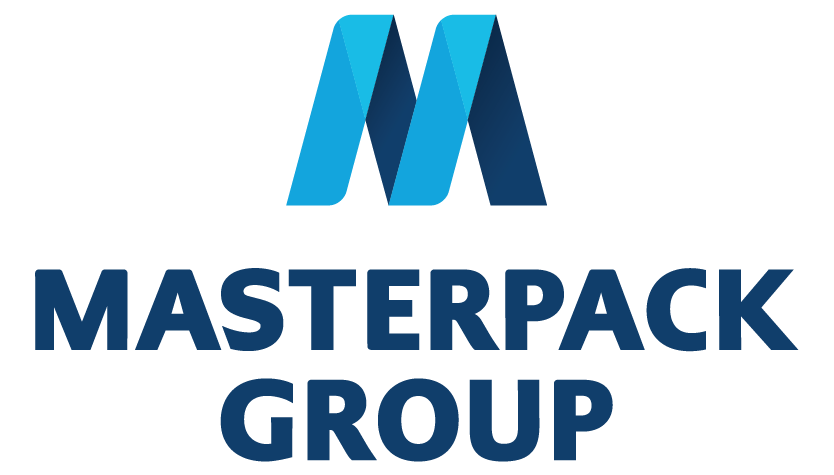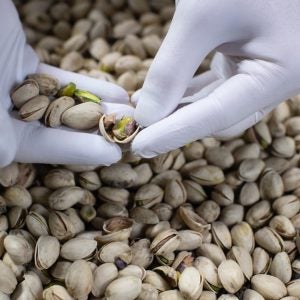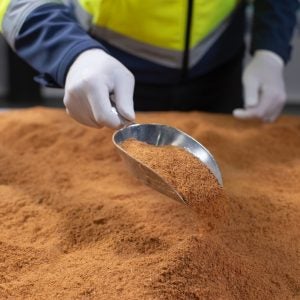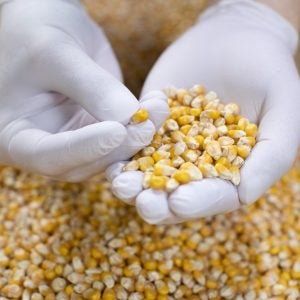The Benefits of Storing Krill Meal Under Modified Atmosphere
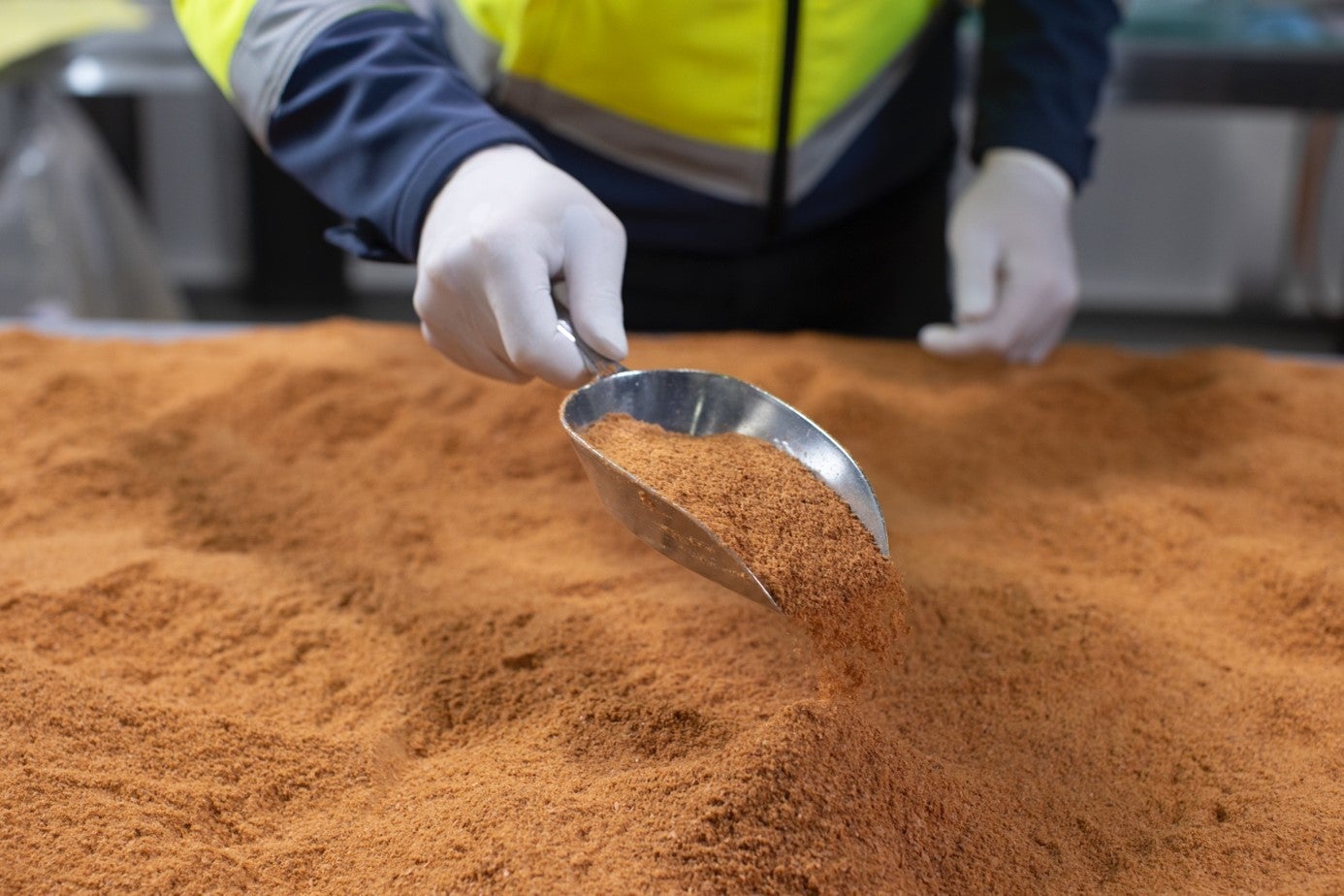
Krill meal is a valuable and nutritious product with high commercial potential due to its protein and astaxanthin content. However, like many other food and feed products, it is susceptible to degradation and oxidation, which can affect its quality and shelf life.
Fortunately, Modified Atmosphere Packaging (MAP) provides an effective solution for preserving the quality of krill meal.
In this article, we will explore the benefits of storing krill meal under modified atmosphere and how it can help to mitigate the challenges of storage.
What is krill meal?
Krill meal is a high-protein, nutrient-rich meal made from small crustaceans called krill. It is used as an ingredient in animal feed, aquaculture, and pet food due to its high levels of omega-3 fatty acids, astaxanthin, and other essential nutrients. Krill meal is produced by processing and drying krill, which is then ground into a fine powder.
The challenges of storing krill meal
Krill meal is vulnerable to degradation and oxidation due to its high fat and astaxanthin content. Exposure to oxygen, light, and heat can lead to the breakdown of fats, which can result in off-flavours, rancidity, and reduced nutritional value.
Astaxanthin is also susceptible to degradation, which can affect the colour and nutritional value of krill meal.
In addition, krill meal is at risk of bacterial growth, mould formation, and toxin production, which can pose a health hazard to animals consuming the meal.
How Modified Atmosphere makes storing krill meal possible
Modified Atmosphere Packaging (MAP) is a packaging technique that involves changing the composition of the air surrounding a product to slow down oxidation and microbial growth. MAP involves reducing the oxygen concentration inside the package and replacing it with an inert gas, such as nitrogen or carbon dioxide. This process helps to extend the shelf life of krill meal by inhibiting the growth of bacteria and mould and reducing oxidation.
The benefits of Modified Atmosphere for storing krill meal
Reduced oxidation: Storing krill meal under modified atmosphere reduces the oxidation of fats and astaxanthin, which helps to maintain the nutritional quality of the meal and prevent off-flavours and rancidity.
Extended shelf life: By inhibiting microbial growth and reducing oxidation, modified atmosphere storage can significantly extend the shelf life of krill meal, reducing waste and increasing profitability.
Improved safety: Modified atmosphere storage reduces the risk of bacterial growth, pests, mould formation, and toxin production, which can improve the safety of krill meal for animal consumption.
Ecologically friendly: Modified atmosphere storage is an eco-friendly method of storage that does not require the use of chemical preservatives or additives. It also reduces waste by extending the shelf life of krill meals, which can help to reduce the environmental impact of food and feed production.
Find out what MAP can do for your products
If you are interested in storing your product with MAP, reach out to us for more data or specific information about your product, or read more on how MAP is used in farming.
FAQs about Modified Atmosphere Packaging
What is Modified Atmosphere Packaging?
Modified Atmosphere Packaging (MAP) is a packaging technique that involves changing the composition of the air surrounding a product to slow down oxidation and microbial growth. MAP involves reducing the oxygen concentration inside the package and replacing it with an inert gas, such as nitrogen or carbon dioxide.
What is the effect of Modified Atmosphere Packaging?
Modified atmosphere packaging helps to extend the shelf life of products by inhibiting microbial growth and reducing oxidation. This can help to maintain the quality and safety of products and reduce waste. Ultimately, it elongates shelf life.

